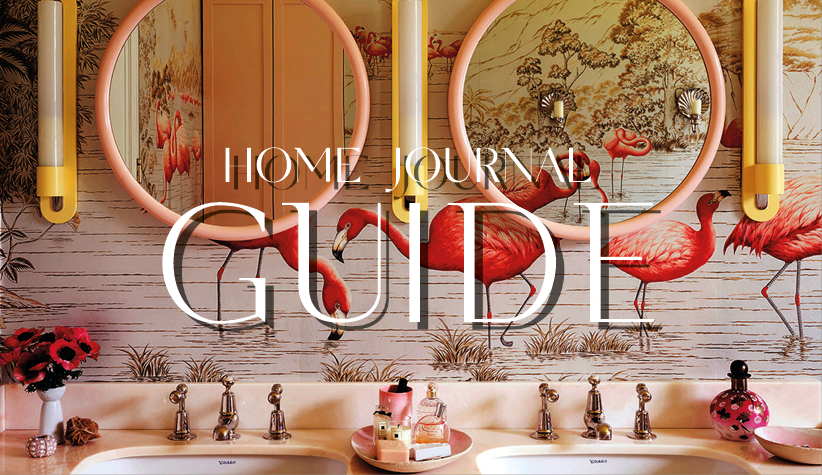The V&A East Storehouse transforms the practical need for storage space into a radical new building type that puts the museum's infrastructure on display.
When the British government announced in 2015 that it would sell off Blythe House, the nondescript London storage facility that had quietly housed most of the Victoria and Albert Museum's collection for three decades, museum officials faced a logistical nightmare: relocating 600,000 objects, books and archival materials scattered across multiple sites.
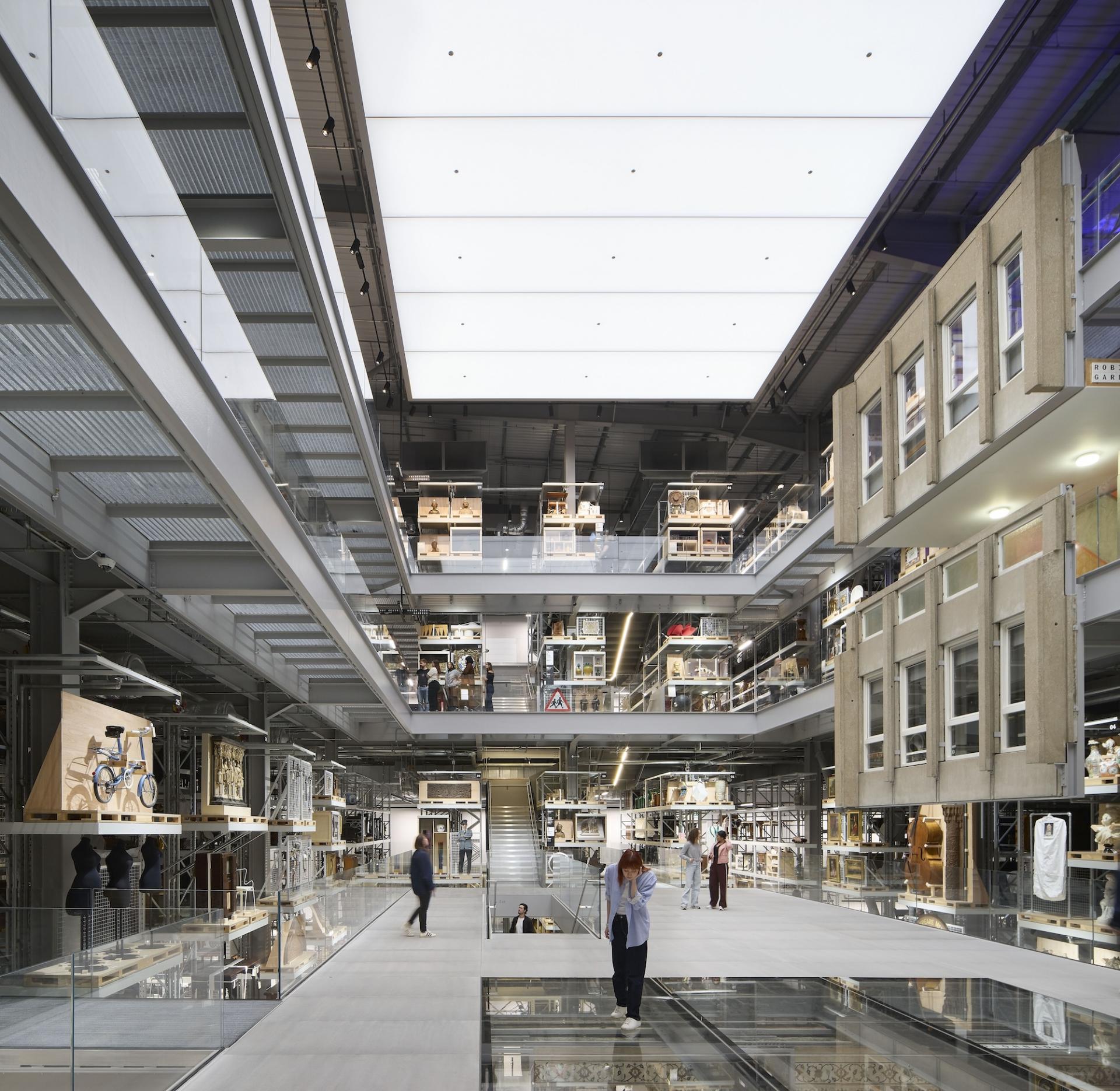
But rather than simply finding another warehouse, the V&A seized the moment to fundamentally reimagine what a museum storage building could be. The result is V&A East Storehouse, a 15,000-square-meter facility in Queen Elizabeth Olympic Park that transforms the traditionally hidden world of museum storage into a public architectural experience.
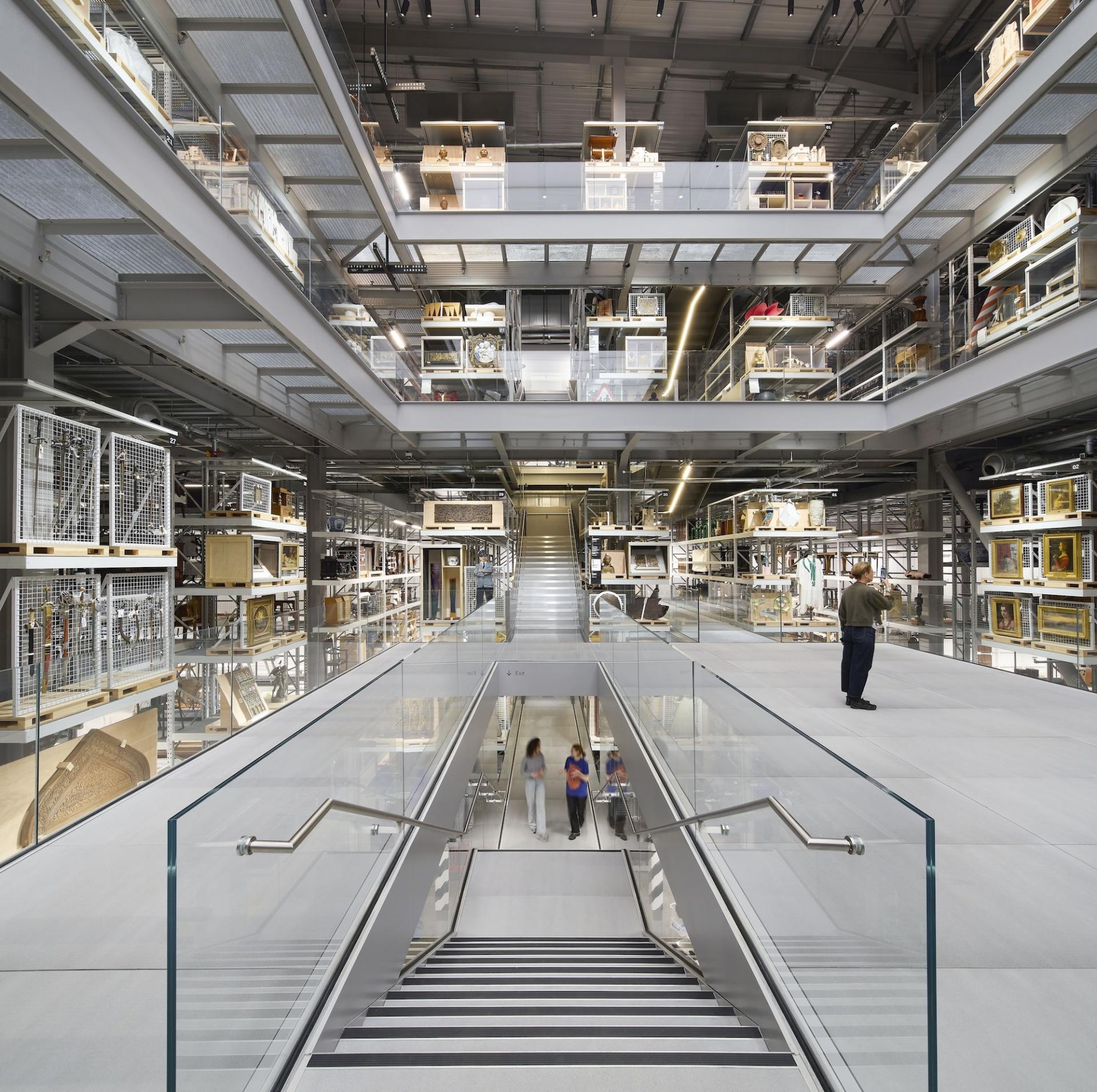
Designed by the New York-based firm Diller Scofidio + Renfro in collaboration with UK architects Austin-Smith:Lord, the building occupies a section of the former London 2012 Olympics Media Centre, converting what was once a bustling hub of international journalism into a cathedral-like space for cultural preservation. The architects gutted the existing structure, creating a soaring central atrium that rises more than 20 meters and spans three public levels connected by glass-floored walkways.
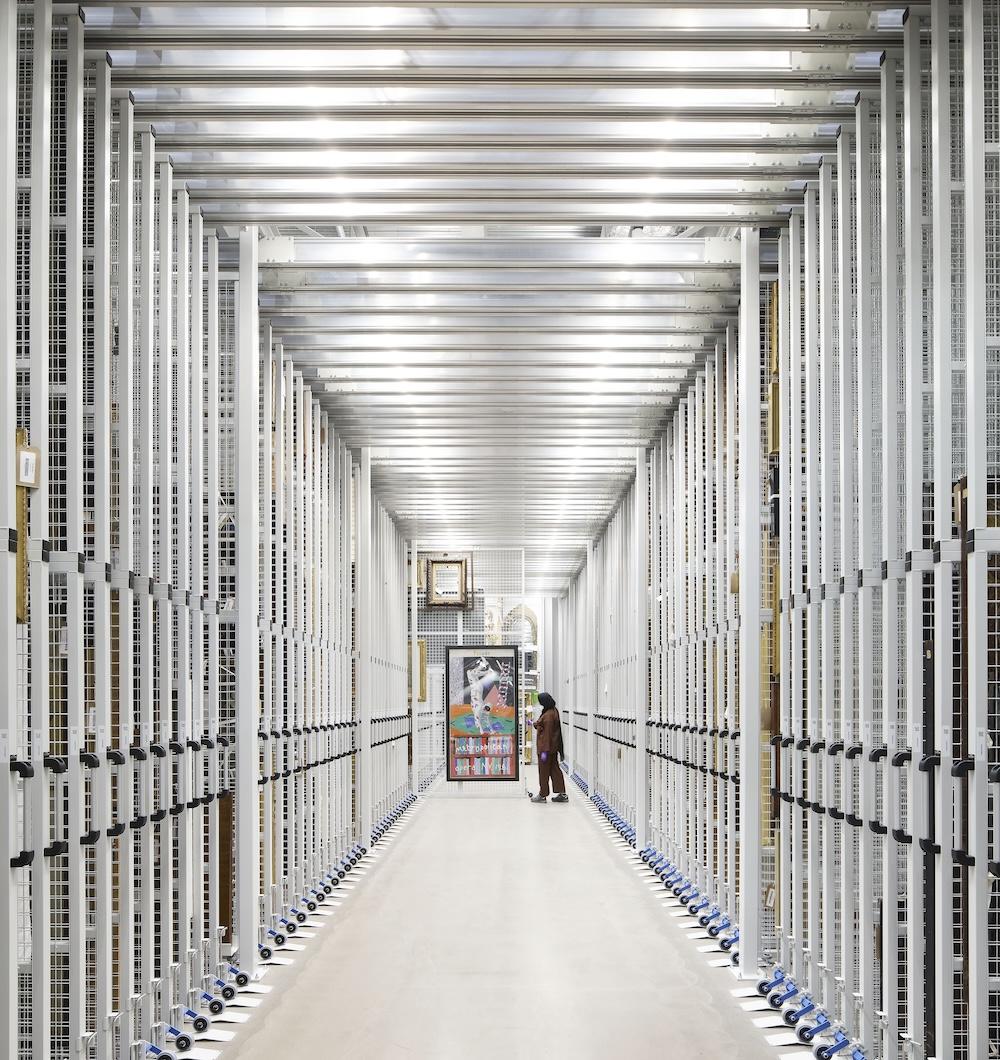
"You don't move a collection of this size and scale very often," says Tim Reeve, deputy director and chief operating officer of the V&A. "It made us think that we had to go as big and be as ambitious as we could."
That ambition is evident in the building's dramatic central space, the Weston Collections Hall, where visitors can observe the normally invisible infrastructure of museum operations through floor-to-ceiling glass walls. The design deliberately blurs the boundaries between public and private space, allowing glimpses into conservation laboratories, storage areas, and handling rooms where staff carefully tend to centuries-old artifacts.
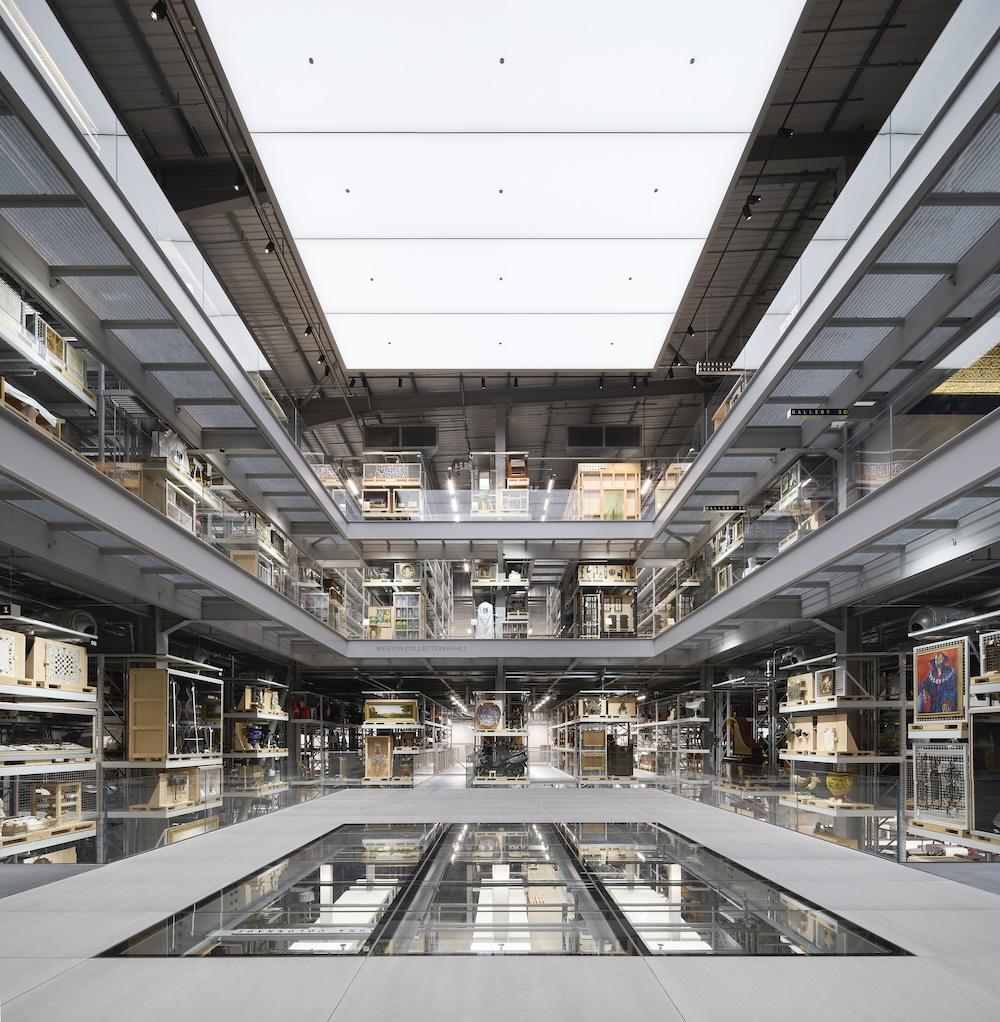
It represents a new typology in museum architecture — neither traditional gallery nor conventional warehouse, but something entirely different. Unlike typical storage facilities designed to keep the public out, every element here has been engineered for transparency and accessibility, from the metal grid flooring that provides sightlines between levels to the glass balustrades that offer unobstructed views of the work below.

The building's most dramatic architectural achievement is its ability to accommodate works too large for traditional galleries. A purpose-built space houses the largest Picasso work in the world — a 10-by-11-meter stage cloth that required specialized structural support and climate control systems. Nearby, Frank Lloyd Wright's complete Kaufmann Office occupies a custom-designed enclosure that preserves its original proportions while allowing 360-degree viewing, demonstrating how the facility can recreate entire architectural environments within its flexible framework.
Photography: Hufton+Crow











